Sound: 









Value: 









(Read about our ratings)
Measurements can be found by clicking this link.
I’m used to seeing a consistent design philosophy from audio manufacturers, where their products are mostly similar, with the expensive ones having fancier parts and (one hopes) better sound. French manufacturer EarSonics says, “Mais non!” Their high-end earphones split into two very different lines. The Reference line tops out with the Purple, a set of lightweight acrylic earphones with a tiny tone control and five balanced-armature drivers. The top of the Hybrid line is the Stark ($1549 USD, $59 more than the Purple), a metal-shrouded design beefed up with an 8mm dynamic driver in addition to two balanced armatures for the mids and two more for the treble. When I scanned the EarSonics website a while back looking for stuff to review, I decided I just had to hear both, because they didn’t look like they came from the same company.
Like the Purples and most other high-end earphones, the Starks use over-ear cable routing -- but unlike the Purples, the Starks are chunksters. They appear to have nearly 100% more bulk than the Purples, and at 17g versus 6g for the Purples, almost three times the weight. Most of that extra size and weight is due to the anodized-aluminum/magnesium outer shell, which surrounds an acrylic substructure that holds the drivers and does all the acoustical tuning.
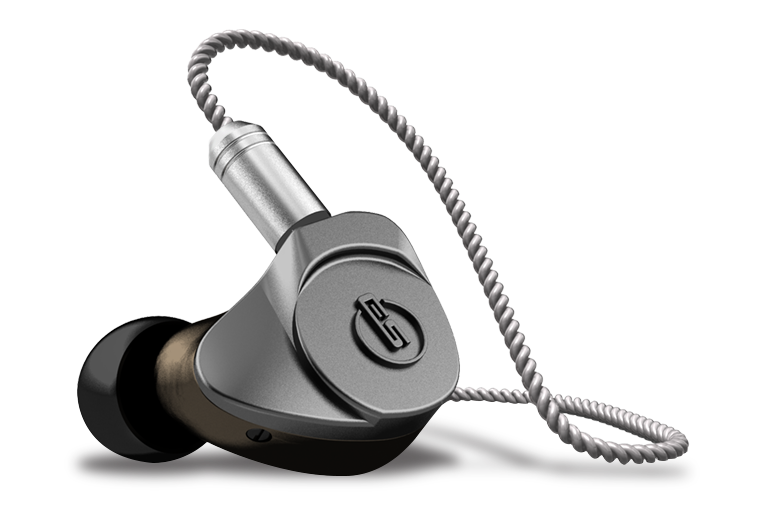
As with the Purples, the cables are removable and replaceable, terminated with a two-pin, friction-fit connector on the earphone end. But the Starks’ cables are much fancier: an elaborate braiding of silver wires that’s super-flexible and has very low microphonics, so you won’t hear scraping sounds as the cable rubs against your clothes.
Rated sensitivity is sky-high: 125dB with a 1-milliwatt signal, so if that number holds up, you should be able to get the Starks playing loud from any source. Rated impedance is 18.5 ohms, but the presence of balanced armatures suggest that the impedance is gonna swing like Count Basie. Measurements will tell us for sure . . .
In the box
The Starks include a small, zippered travel case and a cleaning tool. The cable measures 3.8’ (1.2m) and has a 1/8” (3.5mm) plug on the source end. EarSonics offers a balanced cable at extra cost, and aftermarket cables using an EarSonics-compatible two-pin connector are also available.
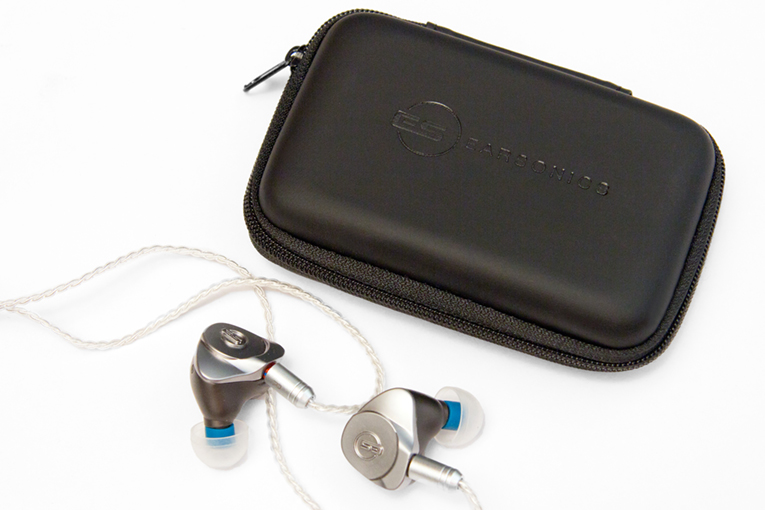
Also included are Comply foam tips in two sizes and silicone tips (two single-flange, two double-flange) in four sizes.
Use
As with the Purples, none of the supplied tips were large enough to fill my ear canals, and the somewhat unusual soundtube size made it difficult for me to find aftermarket tips that fit my ears. I ended up using the same SpinFit tips that EarSonics recommended for the Purples; these fit fine and gave me a good seal.
The Starks easily passed my casual-use test: plugging them straight into my Samsung Galaxy S10 phone for music listening during my daily dog walks. The high sensitivity allowed them to play quite loud without requiring an external amp. However, the weight of the earphones tended to pull them out a bit after a while, necessitating occasional pushes to restore the seal.
Sound
“These sound a little different,” I thought when I did a run-through of some favorite test tunes after putting the Starks through my usual ten-hour break-in. On the live version of “Shower the People,” from James Taylor’s Live at the Beacon Theatre DVD (16-bit/44.1kHz WAV, digitally copied from the 2.0 soundtrack of the DVD, Sony), the sound was well-balanced between treble and bass, the bass was tight, and the treble sounded detailed. Taylor’s voice sounded clear, and the soundstage was spacious. So far, so good.
But honestly, it’s the tune’s acoustic guitar intro that tells me the most about headphones or speakers, and in the intro, I could hear that a band of the midrange was boosted -- like a tamer version of a guitar wah-wah effect. The guitar had plenty of body, but its midrange had a honkiness that reminded me of the sound of an old Kay acoustic, instead of whatever fancy-schmantzy guitar Taylor used for this. (I can’t read the logo from the standard-def image.) I also heard this effect in the snare drum, which had a somewhat exaggerated “whack,” but nowhere else.
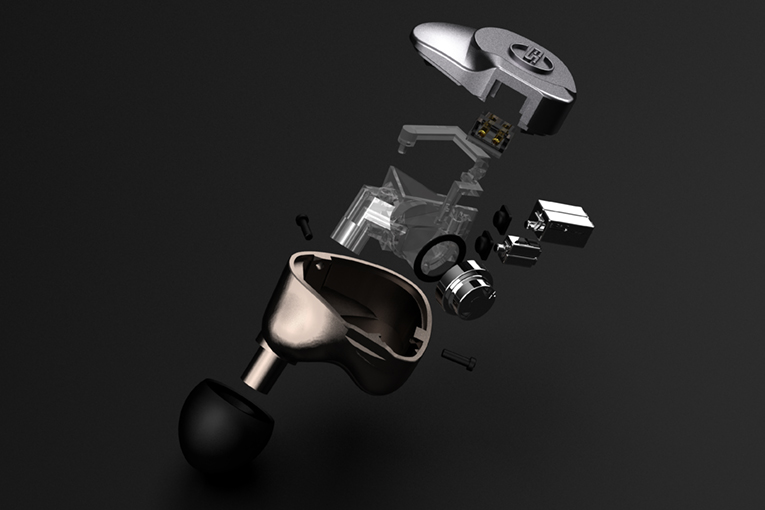
Puzzled, I scrambled for the safe cover of Tracy Chapman’s “Fast Car” (Tracy Chapman, 16/44.1 FLAC, Epic/Qobuz). Chapman’s acoustic guitar intro, which gets more into the higher register of the instrument than “Shower the People” does, sounded pretty close to what I’m used to hearing, but it sounded more like I was hearing a “presence peak” in the vocals -- a boost in the upper mids that’s intended to increase clarity. So Chapman’s voice stood out clearly, but seemed a little emphasized and didn’t have quite that warm, full sound that made her so distinctive when she debuted in 1987.
So I’m wondering: I loved the Purples. They sounded flat, neutral, and natural to me. Why would earphones from the same company, at almost the same price, sound so different? I was tempted to drop them onto the G.R.A.S. ear/cheek simulator right away to find out, but I wanted to solve the mystery by ear. I figured that listening to more folky singer-songwriter stuff wouldn’t tell me; I needed something radically different. My solution came when I remembered watching producer Rick Beato’s mind-blowing dissection of Boston’s “More Than a Feeling” (Boston, 16/44.1 FLAC, Epic-Legacy/Qobuz) a few days before. It’s a far more complex and innovative production than I’d realized, so I thought I’d see how well different earphones brought it out.
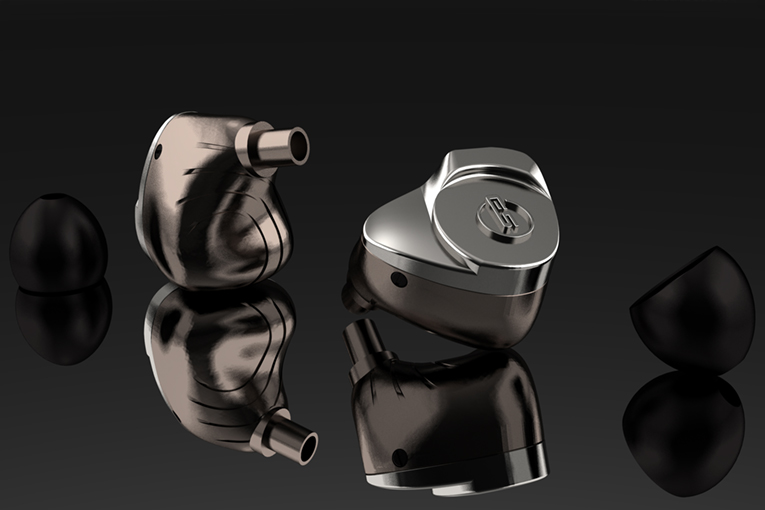
Now I could understand the Starks’ voicing. There’s an old joke about a rock band asking a recording engineer to “make everything louder than everything else,” but that’s kind of what the Starks seemed to do. In particular, they seemed to raise singer Brad Delp’s voice about 4dB in the mix, relative to what I heard from the Purples, and about 6dB in the mix compared with the Campfire Solaris earphones. And it wasn’t in a way that made the sound seem unnatural; I have to say the mix sounded more “right” to me this way. There were things to like about the way all of these earphones presented “More Than a Feeling” -- the Solarises sounded bigger and fuller, while the Purples definitely gave me the clearest sound from the E and B strings of the 12-string acoustic and six-string electric guitars that introduce the tune, and also had the cleanest and most distinct rendition of the tune’s electric bass lines. But I enjoyed the Starks most on this tune.
I then went on a journey through some recent non-folky-songwriter tunes I’ve used in reviews to see how they fared through the Starks’ interpretation. To my ears, the poppier the stuff, the better it sounded through the Starks. The Starks were able to keep the gated piano in Carly Rae Jepsen’s terrific “Window” (Dedicated Side B, 24/44.1 FLAC, Schoolboy/Interscope/Qobuz) well under control; they also brought out Jepsen’s voice and the electric guitar a bit more, and the bass line sounded clearer than it did through the Purples. I enjoyed the sound of this tune through the Starks, because they gently added a little extra hype to a tune that already sounds hyped, but my guess is that the Purples’ flatter response was getting me a lot closer to the producer’s intent.
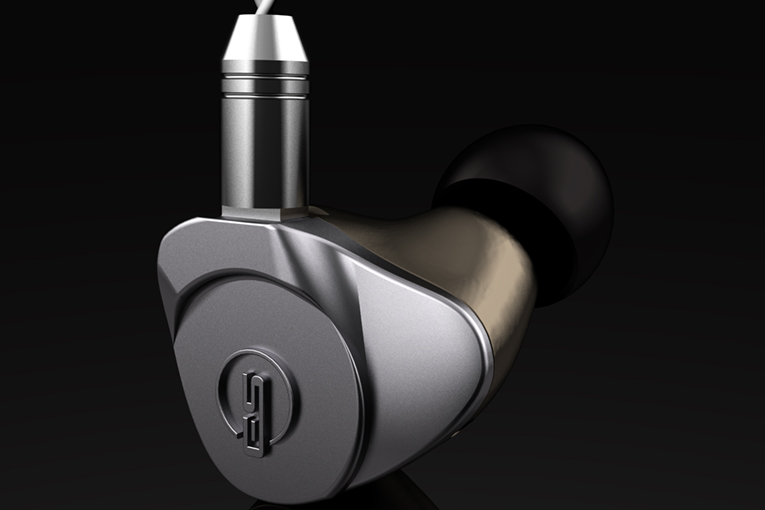
Same for Lil Baby’s “Sum 2 Prove” (single, 16/44.1 FLAC, Quality Control/Motown/Qobuz). I liked the way that the Starks brought out Lil Baby’s rap and all the little electronic accents without making the sound fatiguing. I suspect that a few dB more bass than the Starks delivered might have been more to my and Lil Baby’s liking, but the sound was far from thin and the bass notes sounded tight.
Comparisons
There are several competing earphones in the $1000 to $2000 range, and I’m fortunate to have reviewed a few, including the Purples, the Campfire Solarises, and the Meze Rai Pentas (which are by far the least expensive of the bunch, at $1099). To me, the Starks sounded the least neutral and flat of all these options -- but as I stated above, they do bring an exciting emphasis to pop and rock music, and I know some people will like that.
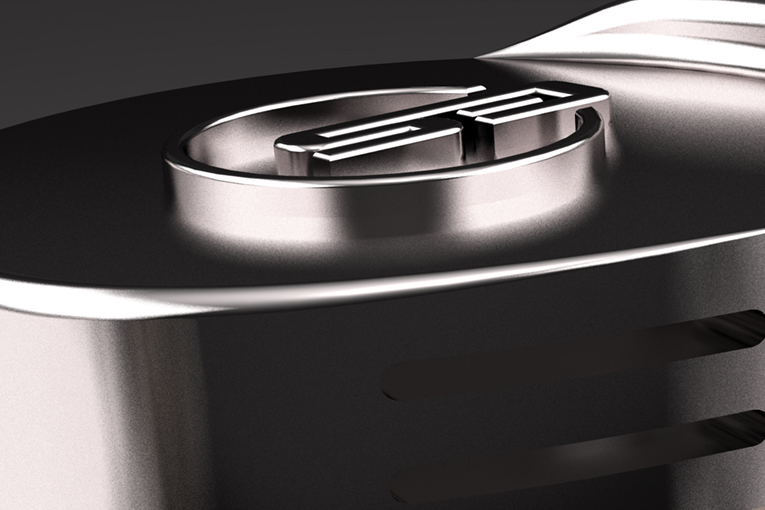
Also significant is that the Solarises and the Starks are both pretty heavy little chunks of metal that I find difficult to keep sealed securely in my ear canals.
Conclusion
I liked the Purples so much that it’d be a little weird for me to gush about the Starks, too, considering how different they sound (and measure). I do see a market for the Stark earphones, though -- people who want something better than typical mass-market earphones, but would rather crank modern pop or classic rock than explore the catalog of Patricia Barber.
. . . Brent Butterworth
Associated Equipment
- Smartphone -- Samsung Galaxy S10
- Amplifier -- Helm Audio DB12 AAAMP
- DAC-amplifier -- AudioQuest DragonFly Cobalt
EarSonics Stark Earphones
Price: $1549 USD.
Warranty: One year parts and labor.
EarSonics SAS
ZAE Via Domitia, 171 Avenue De Gardians
34160 Castries, France
Phone: +33 (0) 467-72-22-12
Website: www.earsonics.com
North American distributor:
Focal Naim America
313 Rue Marion
Repentigny, QC J5Z 4W8
Canada
Phone: (800) 663-9352
Website: www.focalnaimamerica.com







